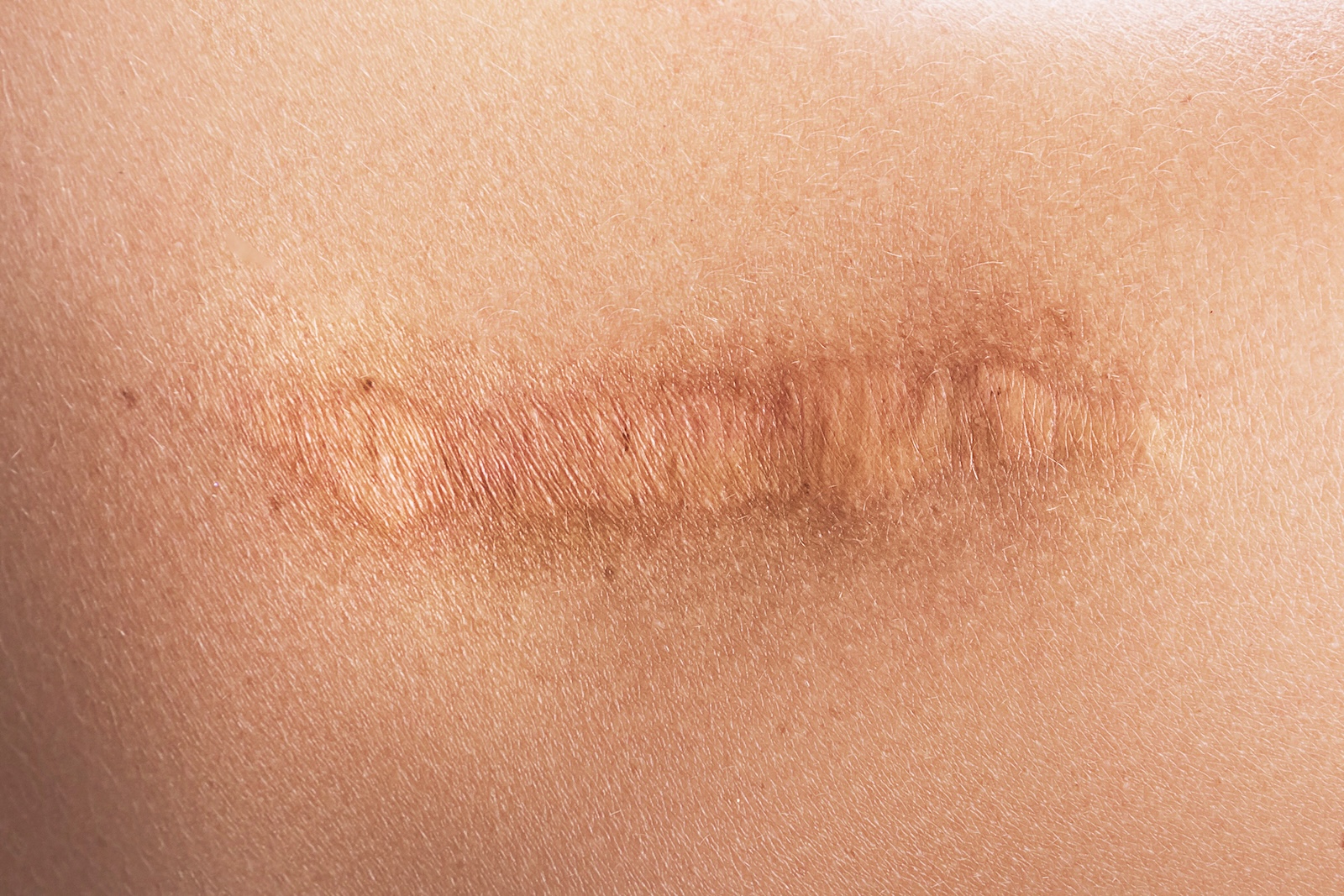
Cervical disc replacement is a spine surgery procedure to correct neck pain and arm pain and other symptoms caused by a degenerating spinal disc. More than 90% of patients do very well after cervical disc replacement and are satisfied with their pain relief and neck mobility. However, a small number of patients will not do well because their cervical disc replacement procedure has failed. A failed cervical disc replacement surgery may cause pain, numbness, tingling, weakness, and reduced range of motion of the neck. Indeed, a failed cervical disc replacement surgery may cause many of the same symptoms that were caused by the degenerated natural disc. However, some patients report unique symptoms of failed cervical disc replacement surgery, which we will discuss. In most cases, failed cervical disc replacement surgery is caused by selecting the incorrect artificial disc for the patient, improper implantation by the surgeon, or failure to release the nerves before implanting the disc. It is unusual for the implant itself to fail.
Pain
People with a failed cervical disc replacement procedure almost always report pain.1-3 In most cases, the pain of a failed cervical disc replacement surgery usually involves neck pain and/or arm pain which is radicular, which is a pain that shoots down the arm. Radicular pain usually occurs when the nerve root is pinched (impinged). Patients can also have myelopathic pain, which is pain caused by compression of the spinal cord itself. Cervical myelopathic pain often causes pain and stiffness in the neck. If the patient suffers from radicular or nerve or spinal cord pinching pain, in my opinion, it is because of incomplete nerve or spinal cord decompression. Decompression surgery must be thorough and meticulous before the implant is placed. The pain of a failed cervical disc replacement surgery may be constant or intermittent.
Numbness and tingling
Numbness and tingling in the arms (or legs) can be a sign of a failed cervical disc replacement. Radiculopathy can cause neurological symptoms called paresthesias (“odd” sensations) that have been described as pins and needles, numbness, tingling, or burning. Cervical radiculopathy is limited to the neck, arms, shoulders and upper back. Myelopathy can cause neurological symptoms at any point below the level of the failed artificial disc surgery. Odd sensations can vary from mild to severe.
Difficulty with movement
The spine is a column of bones with discs in between. It is tightly surrounded by ligaments and muscles. If a cervical disc replacement fails, it can disrupt the function of the neck at that level and at surrounding levels. That means that a failed cervical disc replacement surgery can cause stiffness in the neck and make it harder to flex, extend, and turn the neck. The muscles in the neck and shoulders may feel weak or fatigued.
Other symptoms
People with failed cervical disc replacement surgery have reported other symptoms including headaches, jaw pain, facial pain, and dizziness. Those who report headache often have a specific type of headache called a cervical headache or cervicogenic headache. A cervicogenic headache is a headache that actually starts on one side of the neck and progresses to the back of the head. Cervicogenic headaches in patients with failed artificial cervical disc replacement may notice that the pain starts after certain types of neck movement.
Possible Causes of Failed Disc Replacement Surgery
- Incomplete decompression of the nerve roots or the spinal cord before implanting the artificial disc
- Choosing the wrong implant selection based on the patient’s spinal curvature, anatomy, and spinal motion
- Possible infection with a bacteria called Cutibacterium acnes. Blood tests are negative, making this bacterial infection difficult to diagnose
- Failed osteointegration of the device. Failed osteointegration means the artificial disc does not bind to the spinal bone and the device is loose. A loose artificial cervical disc may cause neck (especially) and arm pain
- The core of the artificial disc wears out and sheds debris. That debris may cause an inflammatory bone reaction, bone loss around the disc (osteolysis). While uncommon overall, this wear may be more common with artificial discs that have relatively soft, compressible cores (though more research is needed).
When to see a doctor
All patients with possible failed cervical disc replacement surgery should see a doctor. In some cases, symptoms of failed cervical disc replacement surgery are a medical emergency. If you have any of the following “red flag” symptoms or signs, seek medical attention immediately:
- Neck pain plus leg weakness, problems walking, or loss of bladder or bowel control
- Neck pain plus a shock-like pain that occurs when the neck is flexed (bent forward)
- Neck pain that occurs with a fever
- Fever
Patients who suspect that have failed cervical disc replacement but do not have myelopathy or any of the red flag conditions mentioned above should make an appointment to see a spine surgeon as soon as possible. In most cases, it is best to first contact the spine surgeon who performed the cervical disc replacement surgery.
Conclusion
Failed cervical disc replacement is an uncommon but potentially serious complication of artificial disc replacement surgery. Symptoms include pain, numbness, weakness, and stiffness among others. Some signs of failed cervical disc replacement require immediate medical attention, but all cases should be evaluated by a spine surgeon.
If you are considering revision surgery for failed cervical disc replacement, contact an expert in artificial disc replacement revision. Dr. Todd Lanman has pioneered spinal artificial disc replacement surgery and artificial disc replacement revision surgery.
Ready to reclaim your life? Get in touch with Dr. Lanman Today.
FOLLOW US ON SOCIAL MEDIA | @ADRSPINE




